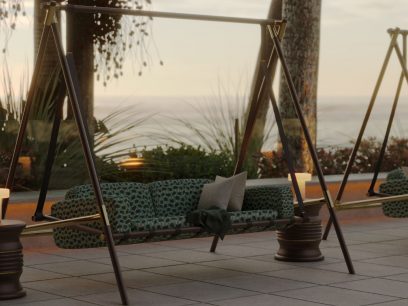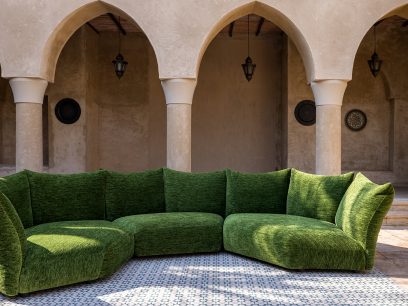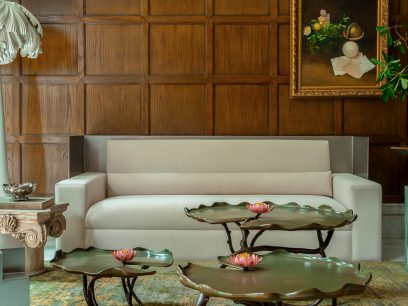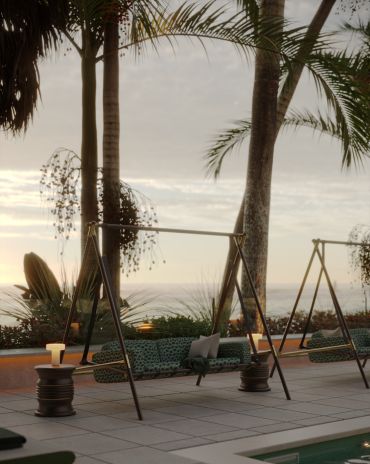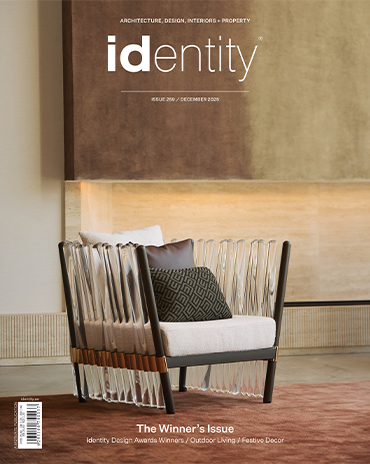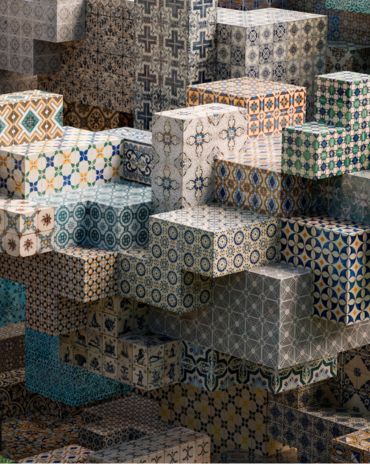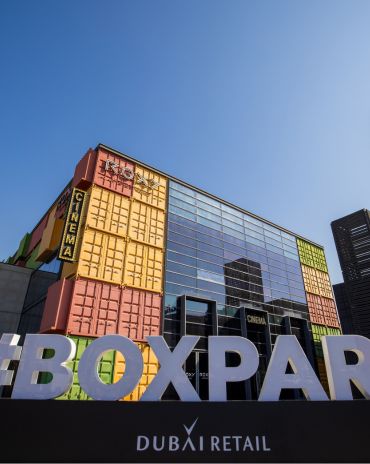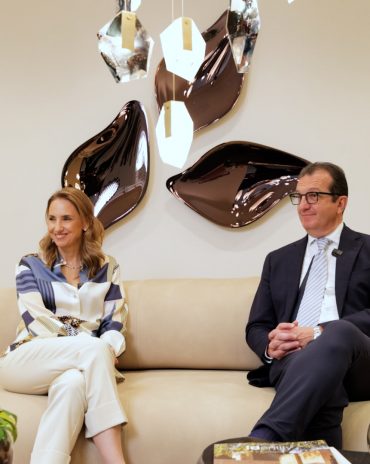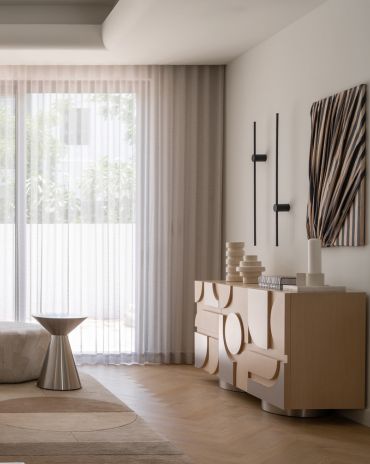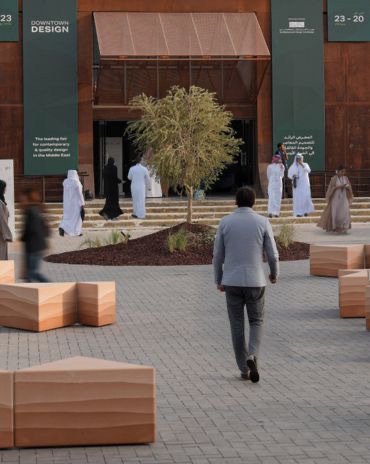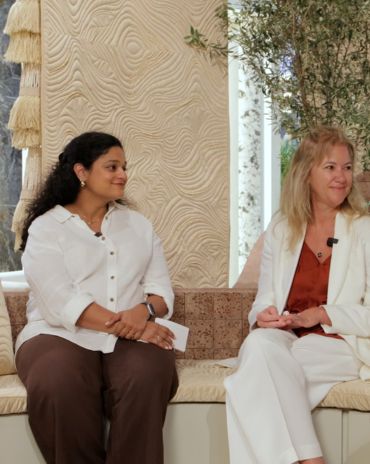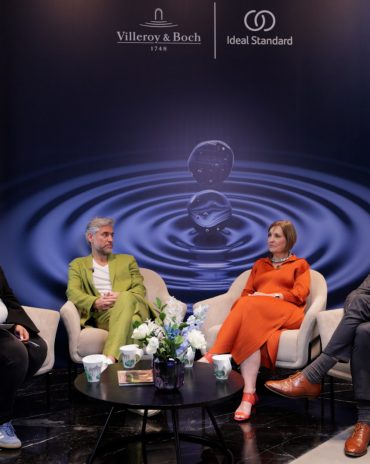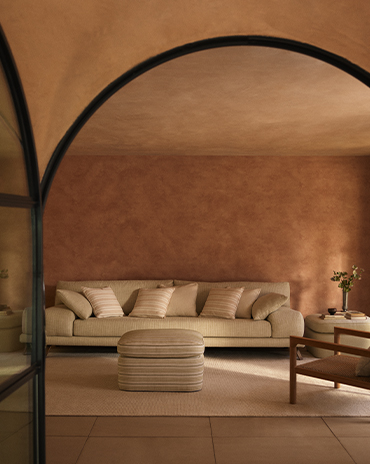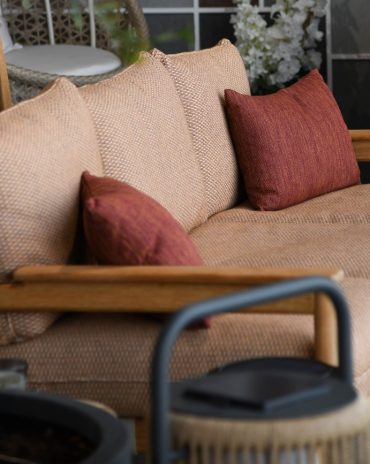Copyright © 2025 Motivate Media Group. All rights reserved.
On Building to Last
We interview selected architects and interior designers to talk about balancing permanence and progress across their projects
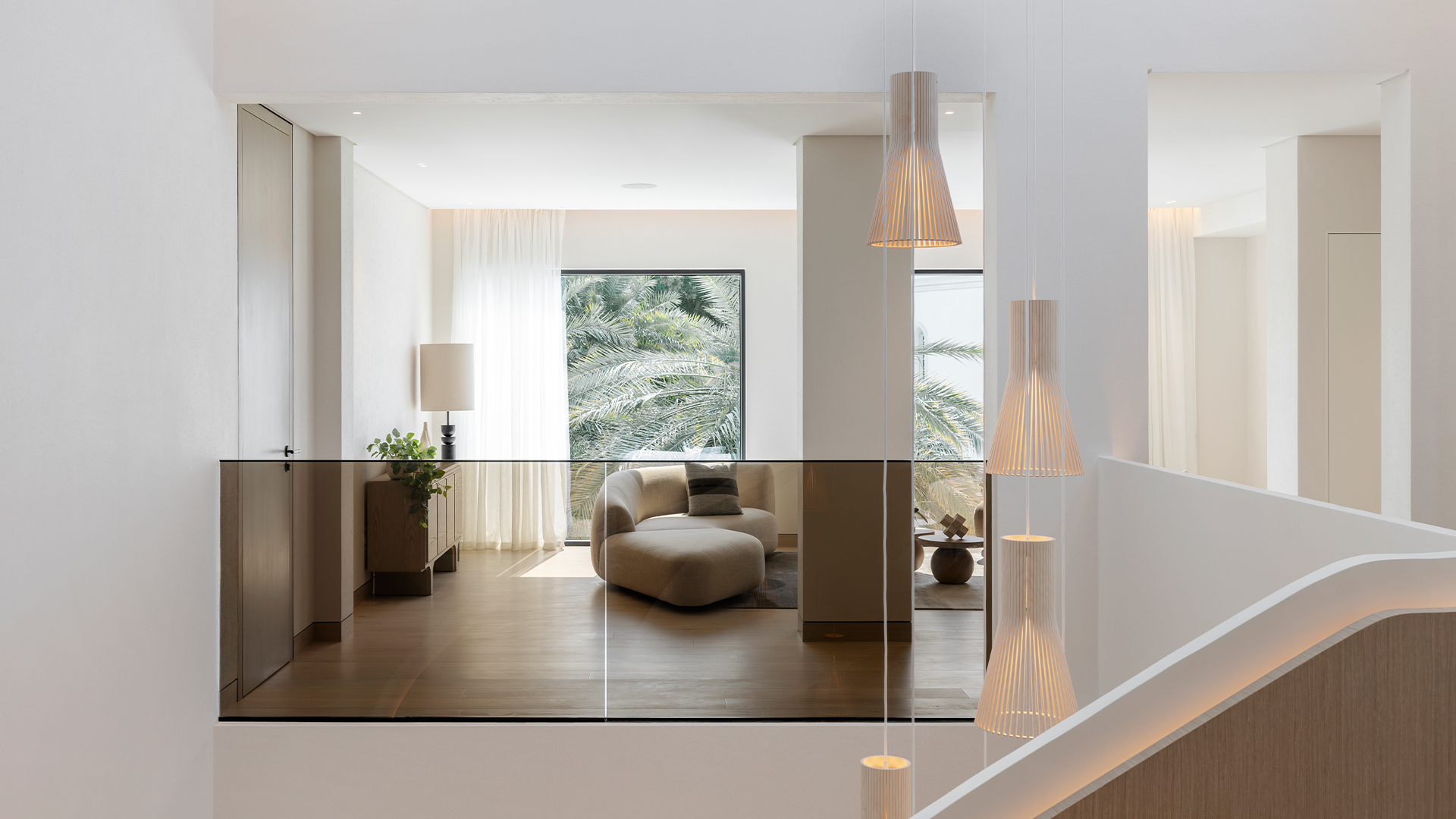
With trends changing every time one blinks, and ambitious client demands, there’s a question that arises: how do we create spaces that endure? The answer, it seems, lies not in resisting change but in designing with intention: grounding projects in timeless principles while allowing innovation to quietly shape how we live, work and connect.
We spoke with architects and designers across the region, and they voiced that designing to last is less about chasing what is new and more about embedding resilience, honesty and adaptability into the very bones of a project.
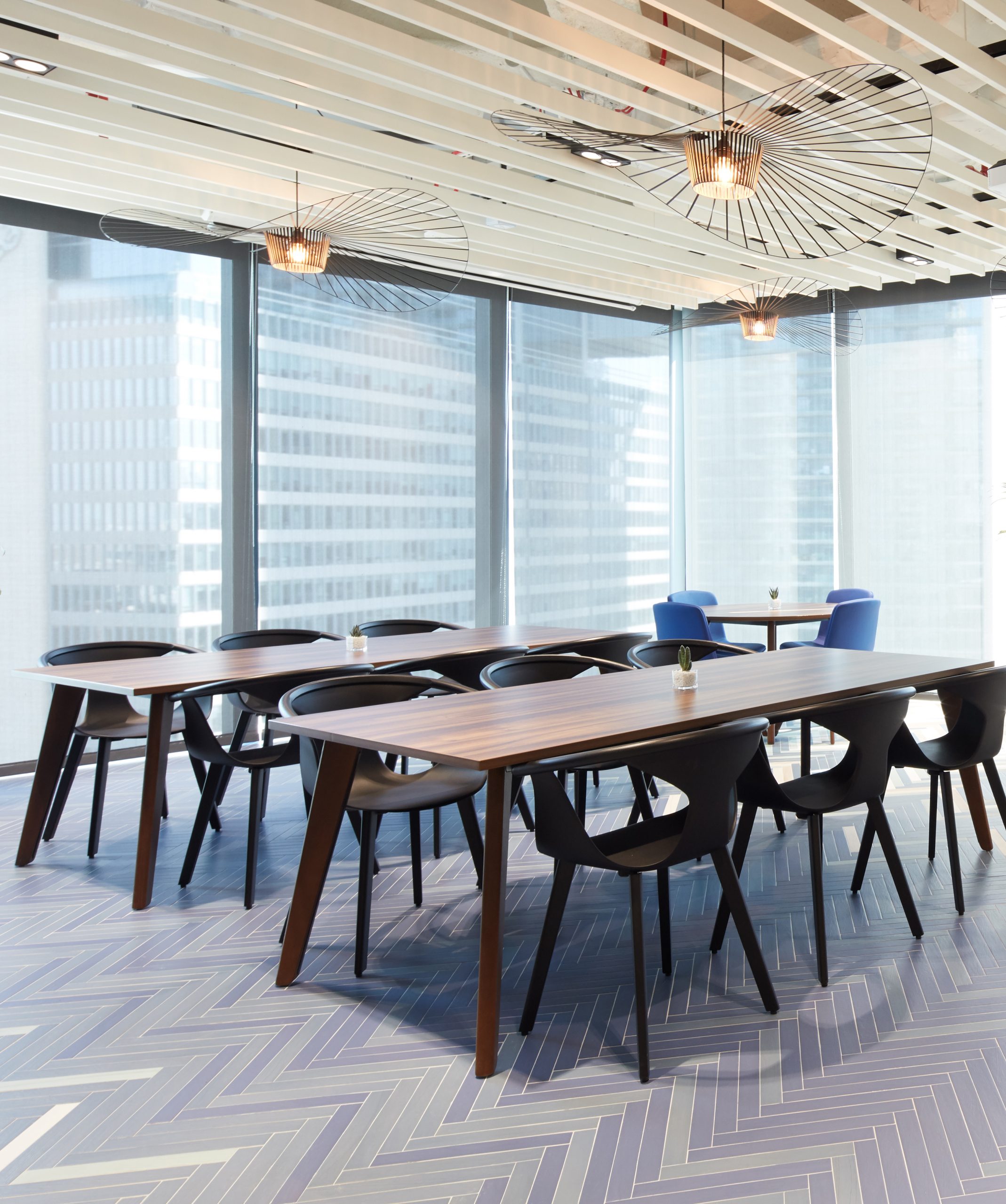
Breakout area of an office designed by SAY Studio
When asked how they balance timelessness with evolving trends, the designers all pointed to the same starting point: fundamentals. “We don’t treat trends as design inputs. We design from programme, climate, site and culture,” explains Mohammed Adib, Chief Design Officer at Dewan Architects + Engineers. For him, technology can evolve around strong foundations, but “it never replaces sound proportion, clarity of plan, and material honesty.” Bani Singh, Founder at Grounded Design, takes a similar stance: “Timelessness starts with first principles: proportion, light, flow and an authentic response to context. Trends are useful as accents, not anchors.” For Nemanja Ribic, Senior Interior Designer at SAY Studio, it’s people who ground design: “We therefore anchor spaces in human centric principles: circulation, light and ergonomics. These things are timeless because they will always matter.”
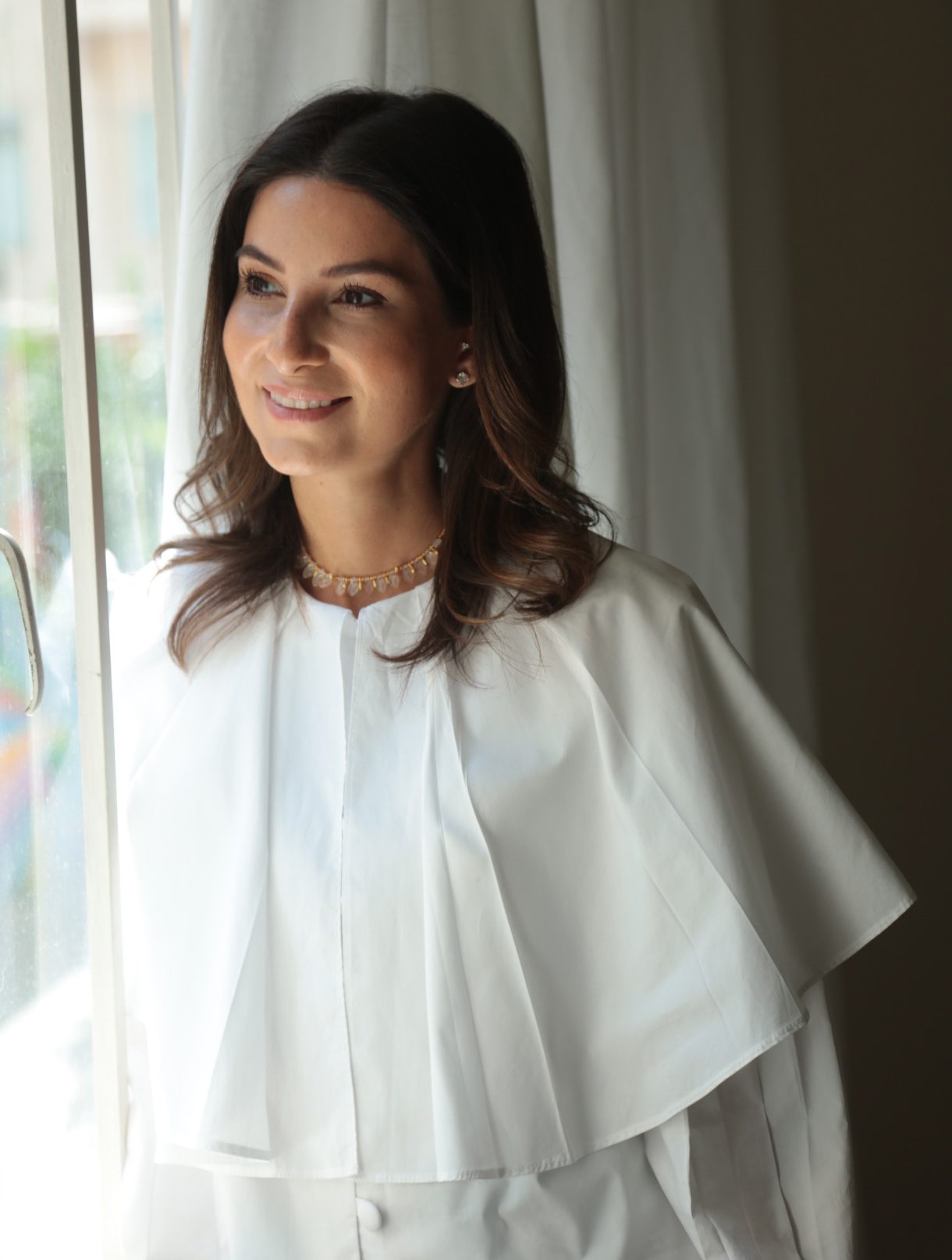
Maysa Saccal, Co-founder
But timeless doesn’t necessarily mean static. Khaled AlShamaa, Co-founder and Director, XYZ Designers, calls it a foundation on which innovation can be layered. “We don’t follow trends; instead, we distil ideas into design elements that can endure and remain relevant well beyond the moment.” For Maysa Saccal, Co-founder, Saccal Design House, timelessness is a balance between adaptation and identity: “As trends evolve, we are always looking for new ideas and opportunities to evolve our designs as well. However, as designers we do have our own aesthetic in design, and honour it through the years to stay true to ourselves and our brand.”
Material Language
If design is to endure, materials must speak of permanence, grace and honesty. “The most sustainable move is an efficient building – orientation, shading, massing and services that work hard,” says Adib. Materials, then, are the inner layer of this efficiency. Adib cites dense stone where appropriate, fired clay products, responsibly sourced timber, lime-based plasters and well-finished metals. “Longevity is the brief,” he declares. Singh favours materials that wear in, not out. She names natural stone, porcelain/sintered slabs, terrazzo with recycled aggregates, responsibly sourced timber, lime-based plasters, and powder-coated metals as some of the materials being used. “In our climate, stability matters – engineered substrates and high-quality composites often outperform softer stones and keep maintenance low. I also look for low-VOC finishes, formaldehyde-free resins, verified EPDs and parts that can be repaired or refinished. Longevity is both physical and emotional: the material should still be wanted in 20 years,” she shares.
In commercial, residential and hospitality design, Ribic sees different material priorities but insists that durability and responsibility go hand in hand: “We’re seeing a lot of really exciting new materials such as terrazzos incorporating more recycled content, textiles derived from recycled PET or natural wool blends, and bio-based leathers.” For AlShamaa, materiality is as much about experience as endurance: “I don’t shy away from using glass when it allows us to capture natural light and frame views – because creating healthier, more connected environments is also part of building sustainably.” Saccal takes a pragmatic approach: “Reclaimed wood and recycled steel are the most used materials in our projects/designs.”
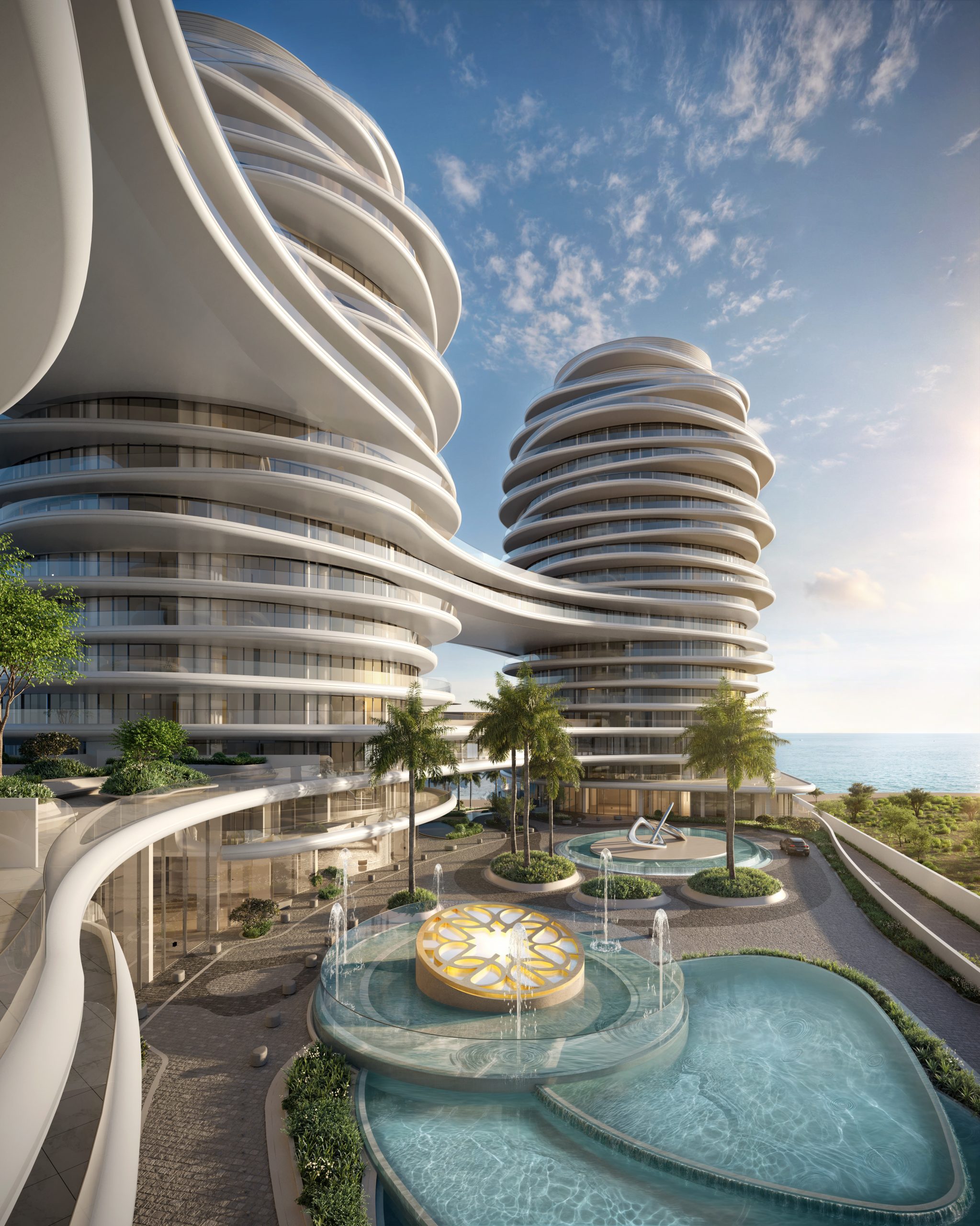
La Mer by Elie Saab and Dewan Architects + Engineers
Designing for Change
If permanence is one pillar of longevity, adaptability is the other. The designers all affirm the need for flexibility. “We plan for ‘loose fit, long life’,” notes Adib. Ribic stresses the role of adaptability in the workplace: “Easily adaptable environments, multipurpose zones and plug-and-play infrastructure are just some of the non-negotiables for us.” Saccal cautions, however, that adaptability doesn’t erase the challenge: “It definitely helps to be able to come up with a flexible design, yet with the rate that design is evolving, I believe trying to achieve timelessness is getting harder,” she says.
The Case for Building Well
Every ideal collides with reality – tight schedules, budget constraints and shifting priorities. The designers interviewed share that the best way is to weave sustainability and durability into the process from the very beginning. “We make sustainability part of the baseline brief, not an add-on,” shares Adib. “Pre-vetted specifications, early contractor input, clear performance criteria in tender documents, and parallel procurement for long-lead items keep programmes intact.”
“Decision ‘gates’ stop last-minute swaps that undermine performance,” states Singh. “We keep a pre-vetted library of durable, available materials, bring contractors in early, and run design and procurement in parallel where possible.” For Saccal, coordination is key. “Clear documentation and coordination between architects, engineers, sustainability consultants and contractors avoids rework and often speed up the process,” she says.
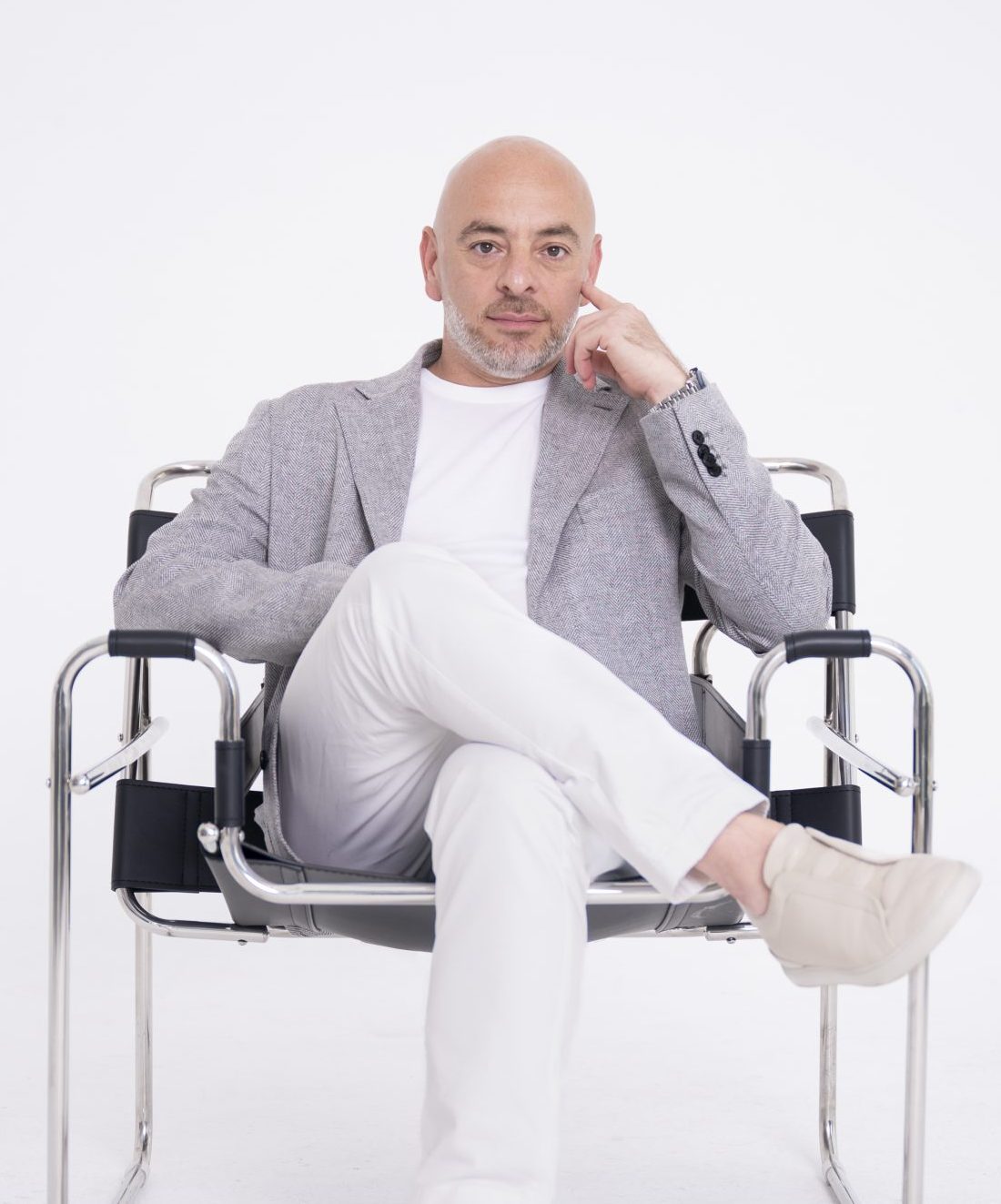
Khaled AlShamaa, Co-founder and Director, XYZ Designers
The conversation with clients, too, is shifting. Adib shares, “We frame it as total cost of ownership: fewer replacements, lower energy and maintenance, and higher residual value. We also show how good planning reduces non-lettable/wasted area and optimises structure – savings that fund better envelopes and systems. Most clients accept the logic when the numbers and the comfort outcomes are clear.” Singh connects it to wellbeing and cost of ownership: “We show simple payback models, warranty lengths and maintenance intervals, then highlight the human returns – healthier air, better light, thermal comfort and a calmer, more grounded home. Most clients connect with the idea of building once, building well and leaving something of value to the next generation.” AlShamaa expands the value proposition. “Beyond economics, we emphasise brand value – tenants and buyers increasingly choose projects aligned with sustainability and long-term thinking.”
In an age of speed and disposability, the act of building well and building once, with care and foresight, is perhaps the most radical gesture of all.
The Latest
Where Design Meets Experience
Fady Friberg has created a space that unites more than 70 brands under one roof, fostering community connection while delivering an experience unlike any other
Read ‘The Winner’s Issue’ – Note from the editor
Read the December issue now.
Art Dubai 2026 – What to Expect
The unveils new sections and global collaborations under new Director Dunja Gottweis.
‘One Nation’ Brings Art to Boxpark
A vibrant tribute to Emirati creativity.
In conversation with Karine Obegi and Mauro Nastri
We caught up with Karine Obegi, CEO of OBEGI Home and Mauro Nastri, Global Export Manager of Italian brand Porada, at their collaborative stand in Downtown Design.
The Edge of Calm
This home in Dubai Hills Estate balances sculptural minimalism with everyday ease
An interview with Huda Lighting at Downtown Design
During Downtown Design, we interviewed the team at Huda Lighting in addition to designers Tom Dixon and Lee Broom.
Downtown Design Returns to Riyadh in 2026
The fair will run its second edition at JAX District
Design Dialogues with KOHLER
We discussed the concept of 'Sustainable Futures' with Inge Moore of Muza Lab and Rakan Jandali at KCA International.
Design Dialogues with Ideal Standard x Villeroy & Boch
During Dubai Design Week 2025, identity held a panel at the Ideal Standard x Villeroy & Boch showroom in City Walk, on shaping experiences for hospitality.
A Touch of Luxury
Here’s how you can bring both sophistication and style to every room
Outdoor Living, Redefined
Messara Living and Vincent Sheppard Unveil “Outdoor at Its Best 2026”

